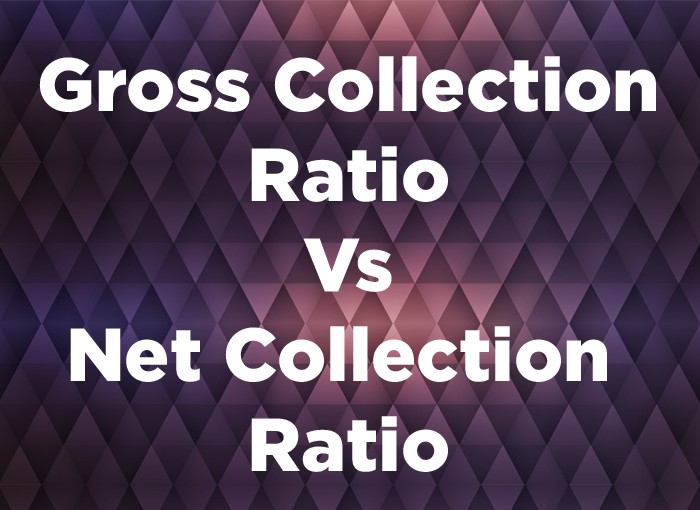Gross Collection Ratio vs. Net Collection Ratio
Every medical institution requires a continuous flow of income to be able to manage expenses and generate revenue. To monitor and analyse the revenue cycle clinics and hospitals use various Medical Billing Metrics, or Key Performance Indicators (KPIs). Seven Key Performance Indicators are used in medical billing to get an insight into a practice’s revenue cycle. These 7 KPIs are as following:
- Collections per Visit
- Contractual Variance
- Days in A/R
- First Pass Resolution Rate (FPRR)
- Gross Collection Rate (GCR)
- Net Collection Rate (NCR)
- Percentage of A/R Older than 60 Days
Out of the above mentioned KPIs, the gross collection and net collection rates tend to create a lot of confusion when it comes to the calculation of a practice’s income.
Meaning of Gross Collection and Net Collection
According to Investopedia, “net collection is a term used in medical accounting to describe the amount of money collected on the agreed-upon fees charged. Net collections are usually lower than net charges (the total amount the provider agrees to accept as payment) and almost always lower than gross charge (the provider’s total invoice amounts before insurance and other adjustments).”
On the other hand, the gross collection simply refers to a provider’s gross income or gross profit margin, is the most simple measure of the firm’s profitability. While the gross income metric includes the direct cost of producing or providing goods and services, it does not include other costs related to selling activities, administration, taxes, and other costs related to running the overall business.
Calculating Gross Collection Rate (GCR) and Net Collection Rate (NCR)
The formula to calculate GCR and NCR is as following:
- Gross Collection Rate = Total Payments / Charges *100% (for a specific time period)
- Net Collection Rate = (Payments / (Charges – Contractual Adjustments)) * 100%
Gross Collection vs. Net Collection
When it comes to Medical Billing Metrics or Key Performance Indicators (KPIs) in Medical Billing, the net collection is considered as the best indicator of a practice’s true income. It is because unlike gross collection, the net collection gives a better insight to identify the actual status of a provider’s revenue cycle. A healthy revenue cycle can be maintained by ensuring 90% or above net collection rate. However, if your practice’s net collection rate is lower than 90% (after deducting write-offs) then it is advisable to audit your billing practice.
Since the gross collection rate does not deduct write-offs, it is considered to be a less effective KPI as compared to the net collection rate. It is because without eliminating write-offs, refunds, contractual/non-contractual amounts from the calculation you cannot get an insight into your practice’s actual income.
The net collection helps to reveal the amount/payment that your practice is collecting from the payer. But the gross collection rate only shows what your practice is allowed to collect. For example, you may have charged $200 but you only collected $175 from your insurance payer due to the agreement/contract that you might have signed. Here, the $175 is below the gross rate.
Net Collection rate plays a huge role in medical billing as it is the only way to calculate net income from various sources/payers.




